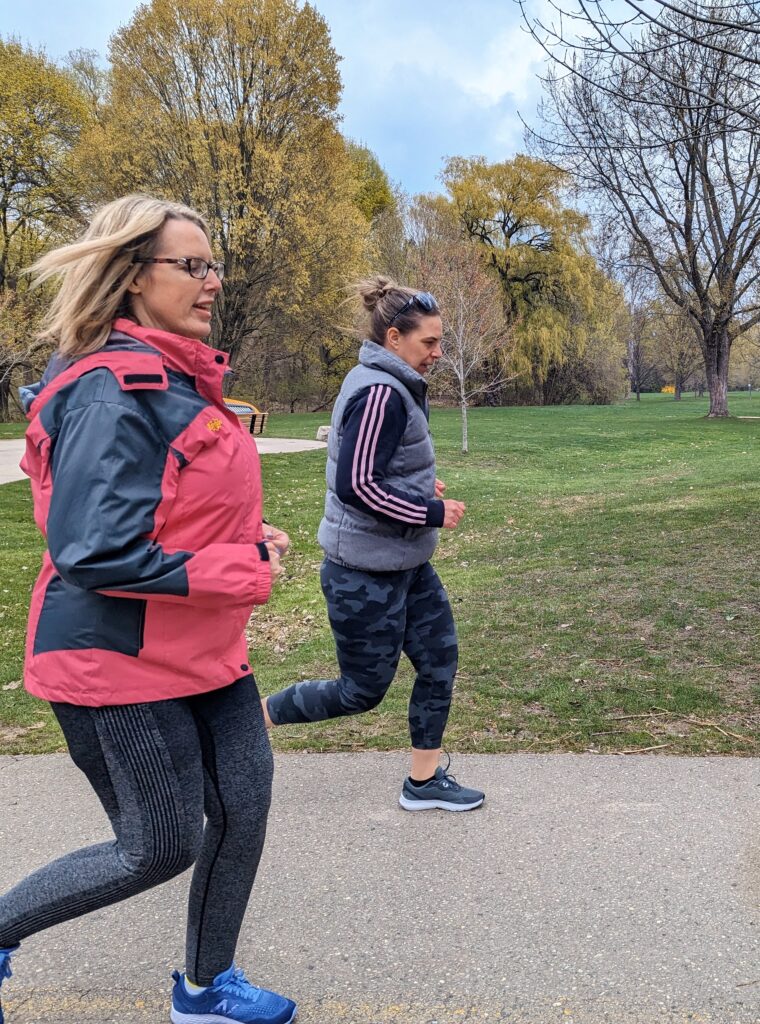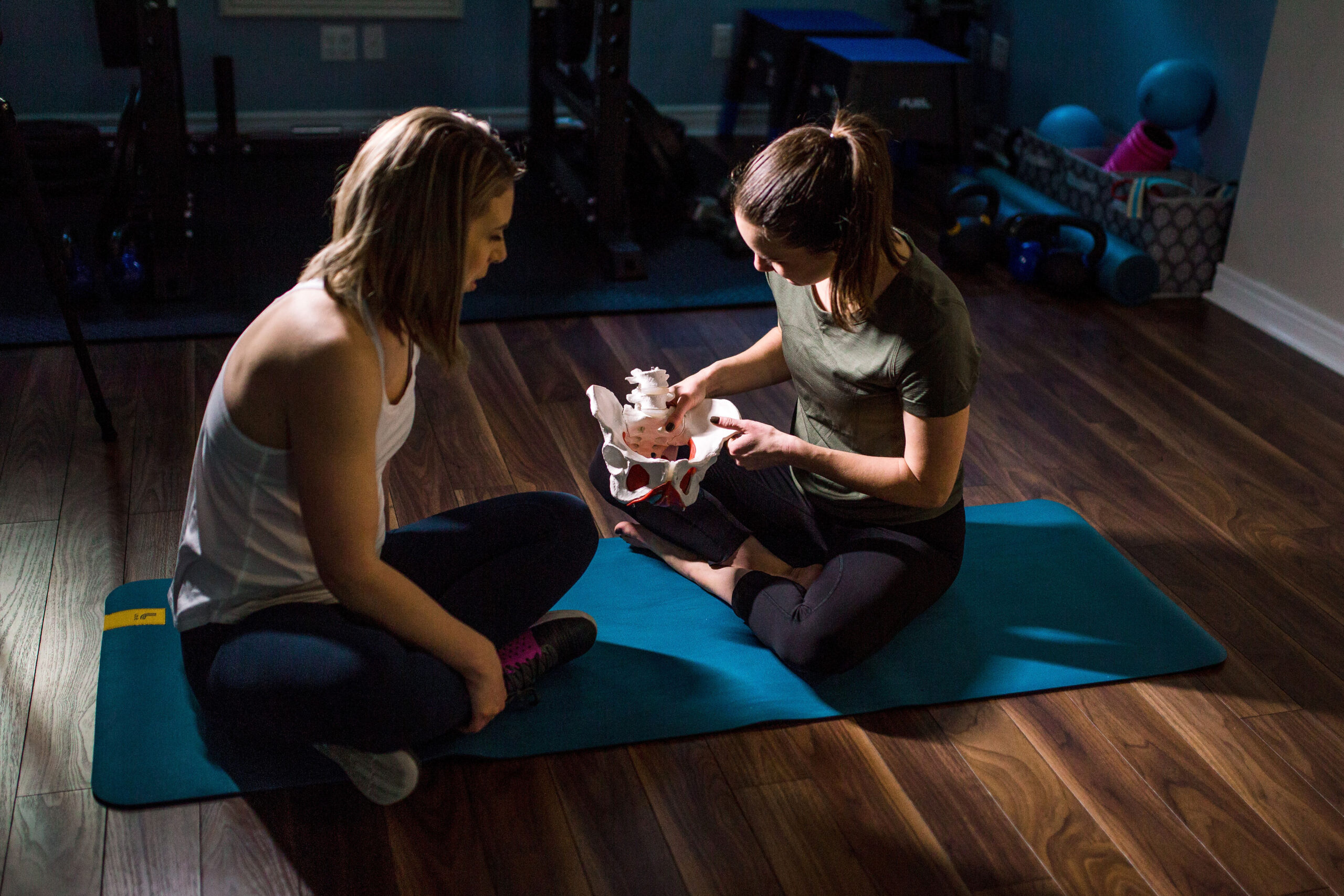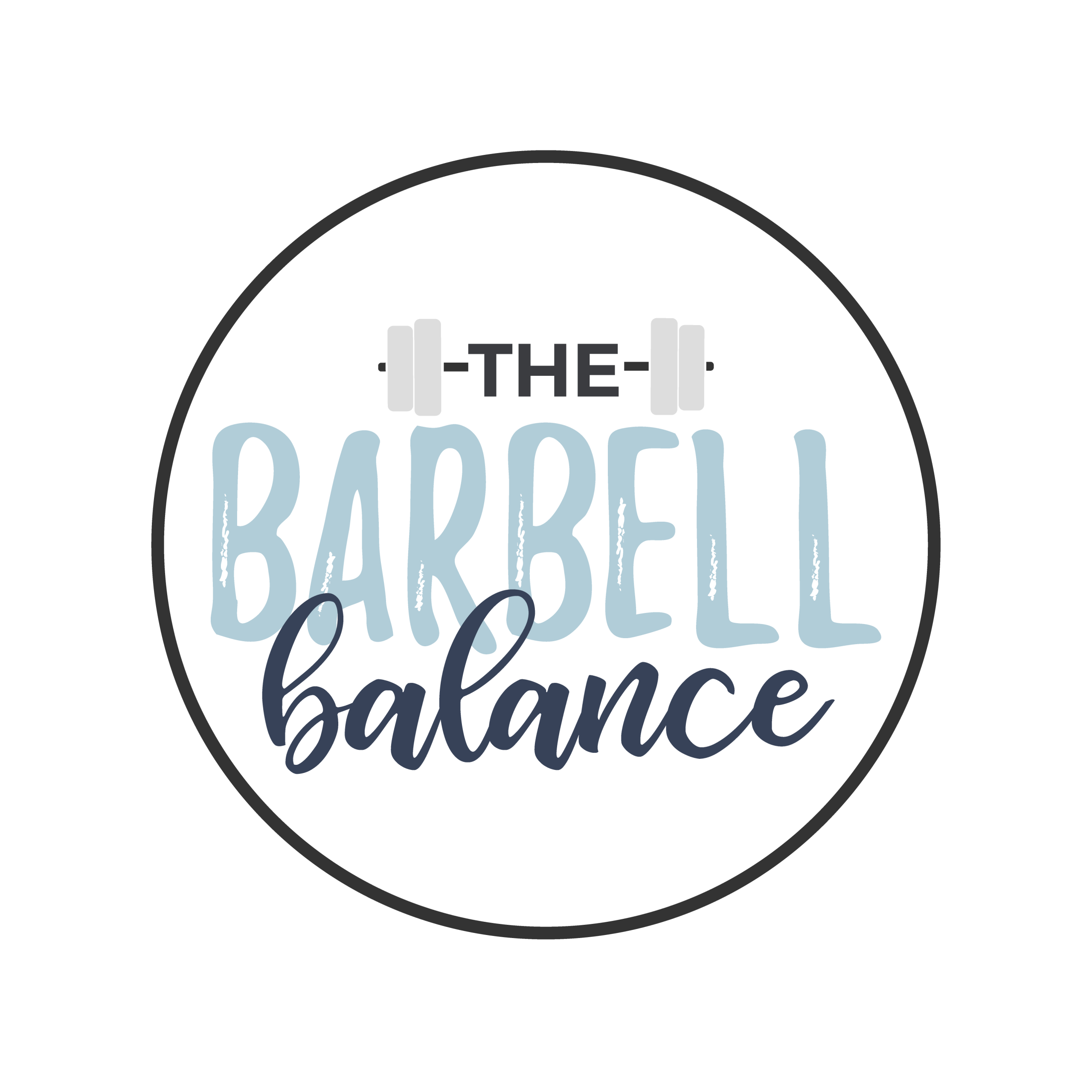How to Run With Pelvic Floor Dysfunctions
Are you a woman who loves to run but struggles with pelvic floor dysfunctions? You’re not alone. In fact, research shows that up to 50% of women who exercise experience some form of pelvic floor dysfunction. Whether it’s leaking urine, feeling a bulge or pressure in the vagina, or experiencing pain or discomfort during exercise, these symptoms can be frustrating and even embarrassing.
If this is you, keep reading because you have hope!
Running is an excellent form of exercise that provides a myriad of physical and mental health benefits. Unfortunately, for women with pelvic floor dysfunctions, the thought of running can be daunting.
Many believe that running will cause discomfort or even worsen their condition. However, this couldn’t be further from the truth. In fact, running can be incredibly beneficial for women with pelvic floor dysfunctions.
Running can help strengthen your pelvic floor muscles. Contrary to popular belief, running does not cause pelvic floor dysfunction. Instead, it’s often caused by weak pelvic floor muscles. By running regularly, you’ll engage and strengthen these muscles, which can help improve your symptoms.
It’s important to consider your overall pelvic floor function. It’s common to experience an overactive (hypertonic) pelvic floor. If this is the case for you, you may need to take a step back and down train so that you can introduce movement within your pelvic floor.
To know for sure what you’re symptoms are taking place, it may be worth consulting with a pelvic floor physiotherapist for an internal perspective.
One study published in the Journal of Women’s Health Physical Therapy found that running did not increase the severity of prolapse in women who were already experiencing prolapse symptoms. The good news is that with pelvic floor muscle training, you can reduce your symptoms with a well rounded program designed for you pelvic floor in mind.
1In addition to strengthening your pelvic floor muscles, running can also improve your overall physical health. Running is a high-impact exercise that provides cardiovascular benefits, builds bone density, and can help with weight loss. By incorporating running into your exercise routine, you’ll not only improve your pelvic floor health but your overall health as well.
But perhaps one of the most significant benefits of running with pelvic floor dysfunctions is the mental health benefits. Pelvic floor dysfunctions can be isolating and impact your self-confidence.
By taking control of your health and running regularly, you’ll boost your confidence and self-esteem. Running can also help reduce stress and anxiety, providing a much-needed mental health boost.
Mental health is just as important as your physical health. In a survey conducted by the Pelvic Health Research Center at the University of California, San Francisco, 73% of women with pelvic organ prolapse reported participating in exercise, including running, as a coping mechanism for their condition.

Of course, it’s important to take precautions when running with pelvic floor dysfunctions. Be sure to start slowly and gradually increase your intensity and duration. Incorporating strength training exercises that focus on your pelvic floor muscles can also be beneficial.
And, as always, it’s essential to listen to your body and stop if you experience pain or discomfort.
Running can be an incredibly beneficial form of exercise for women with pelvic floor dysfunctions. By strengthening your pelvic floor muscles, improving your overall health, and boosting your mental health, running can help you take control of your health and feel confident in your body. So, lace up your running shoes, hit the pavement, and experience the benefits of running for yourself!
Here are 8 ways you can get back into running and navigate your pelvic floor health.
- Talk to your doctor or pelvic floor physical therapist before starting any exercise program. They can provide guidance on which exercises are safe for you and how to modify your workouts to avoid worsening your symptoms
- Start with a gentle warm,-up routine to prepare your body for exercise, such as pelvic floor exercises, gentle stretches, or a short walk
- Incorporate strength training exercises that target the muscles of the pelvic floor and core, such as squats, lunges, and planks.
- Practice good form and breathing techniques during exercise to reduce strain on the pelvic floor muscles. Focus on maintaining a neutral spine, engaging your core muscles, and breathing deeply.
- Gradually increase the intensity and duration of your workouts over time, paying attention to how your body responds. If you experience any pain or discomfort, scale back your workouts or take a break to allow your body to recover.
- Stay hydrated and fuel your body with healthy, nutrient-rich foods to support your overall health and fitness.
- Use a high-quality running shoe that provides adequate support and cushioning to reduce impact on your pelvic floor and joints.
- Consider working with a pelvic floor physical therapist or coach who specializes in running with pelvic floor dysfunctions. They can provide personalized guidance and support to help you achieve your fitness goals while managing your symptoms.
Proper running form, such as maintaining good posture and using a shorter stride, can also help reduce the impact on the pelvic floor. Seeking support from a coach or healthcare provider who specializes in pelvic floor dysfunction can be incredibly helpful in developing a safe and effective running routine. Running with pelvic floor dysfunctions is possible
Need help with getting back to running and keeping the contents of your pelvic floor within your pelvic floor? Running For Lady Parts is my signature 1:1 online coaching program for women with prolapse who want to feel brave in their bodies again. To learn more about applying for one of the open spots and to save $500 before April 27th/23….send me an email at terrell@thebarbellbalance.com and I’ll send you the detail.
Committed to your success,
Terrell
Ready to return to impact without worrying about your bladder falling out? Fitness For Lady Parts walks you through how to program your workouts by tuning into your symptoms.

Resources
- “Pelvic Floor Safe Running Guidelines” by the Australian Continence Foundation – This resource provides guidance on how to safely run with a prolapse, including tips on technique, breathing, and pelvic floor exercises.
- “Running With Pelvic Organ Prolapse: A Professional Runner’s Journey” by Sarah Brown – In this article, Sarah Brown shares her own experience with running and pelvic organ prolapse and offers advice for others in a similar situation.
- “Pelvic Floor Physical Therapy for the Endurance Athlete” by The Endurance Collective – This article provides an overview of pelvic floor physical therapy and how it can help athletes with pelvic floor dysfunction.
- “Pelvic Floor Health and Running” by Girls Gone Strong – This article covers the basics of pelvic floor health and how it relates to running, as well as tips for prevention and treatment of pelvic floor dysfunction.
- “The Pregnant Athlete’s Guide to Running With Pelvic Organ Prolapse” by Brianna Battles – This resource offers advice specifically for pregnant athletes dealing with prolapse while running.
- “The Core Connection: Pelvic Floor Health for Runners” by Runner’s World – This article explains the importance of a strong core and pelvic floor for runners, and provides exercises to help strengthen these areas.
- “Running and the Pelvic Floor” by Julie Wiebe, PT – This video explains the role of the pelvic floor in running and provides tips for preventing and treating pelvic floor dysfunction in runners.
- “Pelvic Floor Exercises: Beyond Kegels” by Women’s Running – This article provides a variety of pelvic floor exercises that can help runners prevent and treat pelvic floor dysfunction.
- “Running with Pelvic Floor Dysfunction” by Pelvic Floor Exercise – This resource covers the basics of running with pelvic floor dysfunction and offers tips for managing symptoms.
- “The Pelvic Floor and Running: A Comprehensive Guide” by She Science – This guide covers everything from pelvic floor anatomy to how to find the right sports bra for pelvic floor support when running.

